On February 26th, 2012, something rather extraordinary occurred: The Artist, a contemporary silent film won the ‘Academy Award for Best Motion Picture of the Year‘. Almost coinciding with this momentous occasion is the fact that a few days later, March 4th marked the 90th anniversary of what is my favorite film of all time, Nosferatu – Eine Symphonie des Grauens, directed by German silent filmmaker Friedrich Wilhelm Murnau. On March 4th, the film had its gala preview showing back in 1922. The film, for those who aren’t familiar with it, has become an iconic classic among the annals of horror films and is one of the most visually poetic of the films often collectively referred to as German Expressionist cinema.

Max Schreck as Count Orlok and Greta Schröder as Ellen. In the starkly climactic scene of the 1922 film “Nosferatu”, the vampire Count Orlok is lured to his demise with an offering of blood by the virtuous and virginal heroine, Ellen Hutter. As she sacrifices herself to his monstrous appetite, Count Orlok is diverted and unaware of the passing time, thus rendering him helpless to the lethal first rays of sunlight.

“Nosferatu” (2010, mixed media). Dave McKean’s marvelously expressionistic interpretation of the same scene in the film. One of the great examples of his ongoing “Nitrate” series of paintings which are a glorious homage to classic films of the early era. The use of tortured angles, rich textures, and chiaroscuro effects would have met with great approval from the film’s director F.W. Murnau.
Many of these silent films possess a symbolic quality and a visual poetry that most modern films lack entirely. The filmmakers of the Expressionist movement took advantage of the environment in which the story played out and used it to serve as a visual metaphor for the emotional state of the characters. Cinematographers and cameramen employed new techniques in moving the camera around while shooting, in addition to placing an emphasis on the contrast between light and shadow. Meanwhile editors experimented with cutting scenes so as to create the illusion of geographical and emotional continuity from one shot to the next.
It was a new era and because no one had ever laid out the rules or guidelines for what couldn’t be done in the cinema, many filmmakers approached their craft with an experimental curiosity, both in terms of the subject matter that they explored and the way in which they went about creating the haunting imagery being shown on screen.
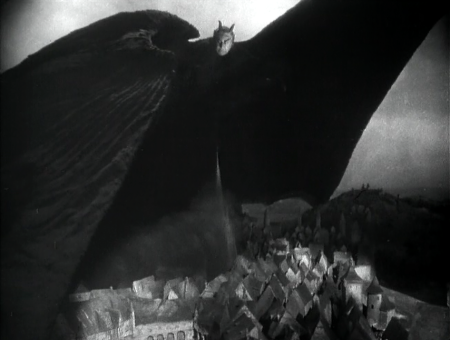
The ominous figure of Mephisto, played by German character actor Emil Jannings, hovers over the town as his colossal wings fan a miasma of plague on the people. This classic scene from F.W. Murnau’s 1926 film “Faust” was a showcase not only for special effects of the day, but also a wonderful opportunity to display the operatic scale of the battle between good and evil in the cinematic medium.

“Faust” (2007, mixed media). Dave McKean’s impressive take on the memorable scene. The way in which he has fabricated the effect of the wind and the cloud of plague blowing over the rooftops is extremely creepy and stylistically rivals the same effect achieved in the film.
Interestingly, there has been in the past few years a growing appreciation and understanding of why silent cinema is so special. While film scholars and cineastes have long championed silent films for their artistic merits and their technical innovation, many modern film audiences have until recently dismissed them as relics of the past, but now with the this new recognition that silent films are receiving, many movie goers are reevaluating their initial stance on these classics. No more are they being viewed as fading relics of redundant or obsolete technologies. Finally, more people are beginning to see their artistic value and the important part that they played in the continuing evolution of the movie industry.
Without the films of Georges Méliès, Robert Wiene, Friedrich Wilhelm Murnau, Carl Theodor Dreyer, Sergei Eisenstein, Fritz Lang, Georg Wilhelm Pabst, Victor Sjöström, Paul Leni, and others, we wouldn’t even have had the wonderful European art house films of the past 50 years. And these are but just a few of the great filmmakers from Europe. There were many wonderful silent film directors in America and throughout other parts of the world. Taking that into consideration, the long lasting effect of these films cannot be understated; they are an essential part of our culture and of cinematic history.
Continue reading
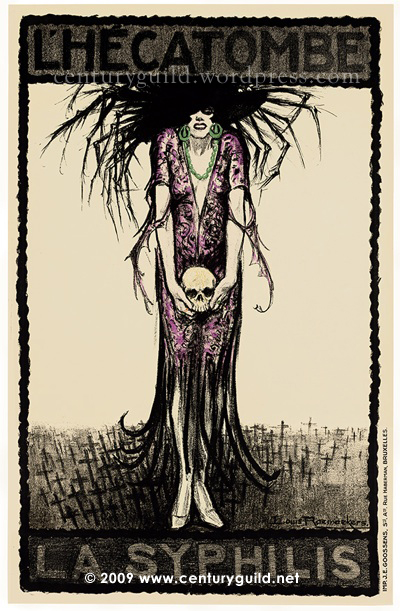
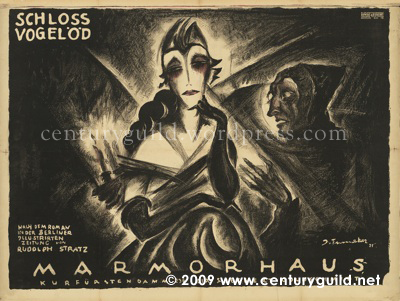
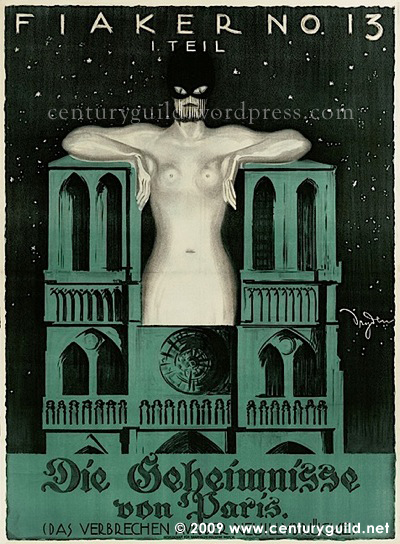
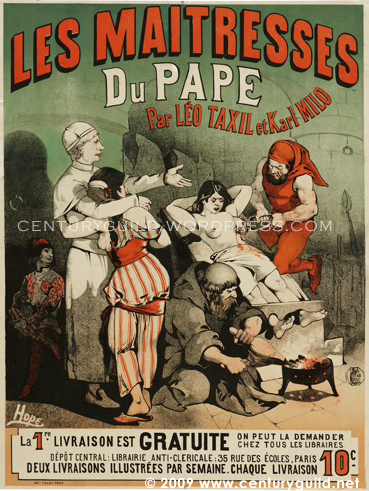
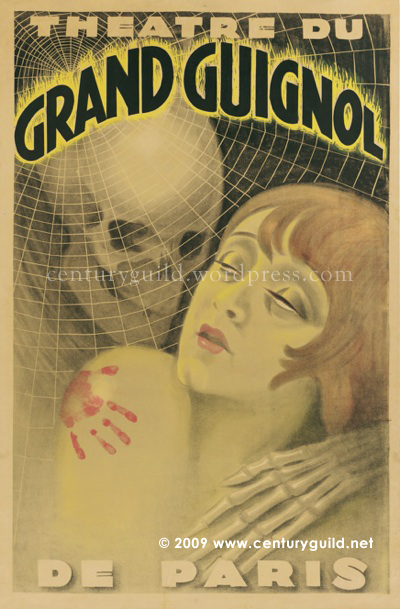
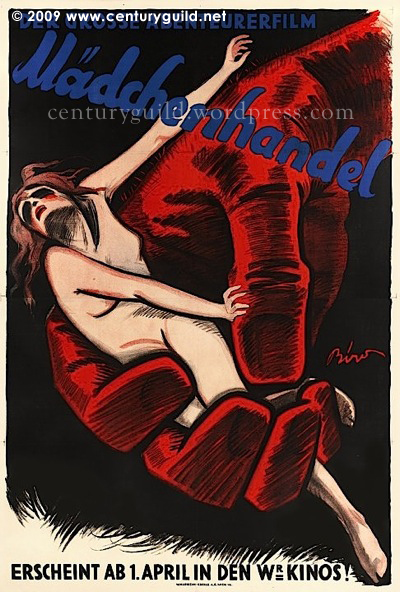

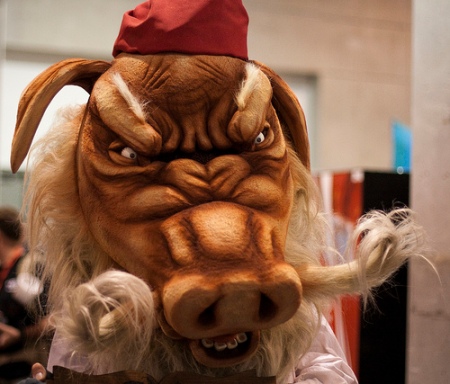
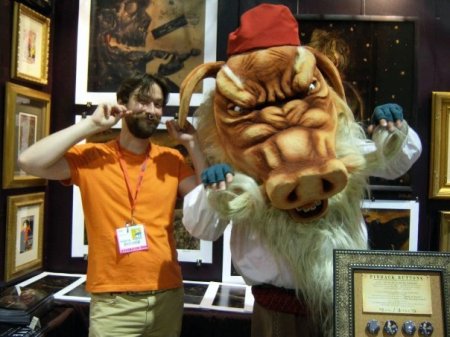

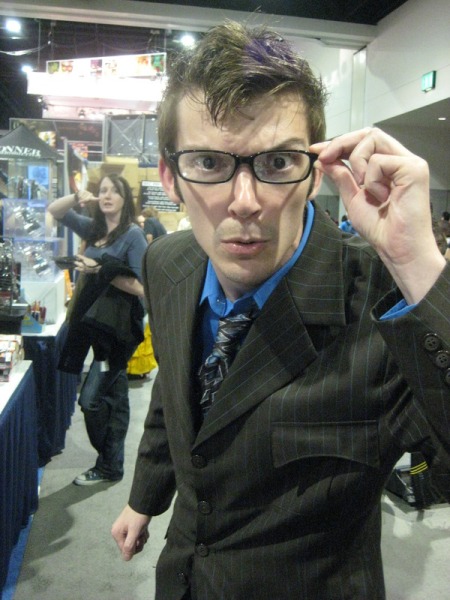

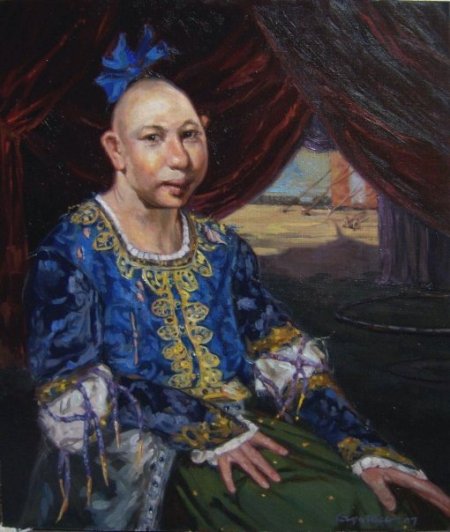
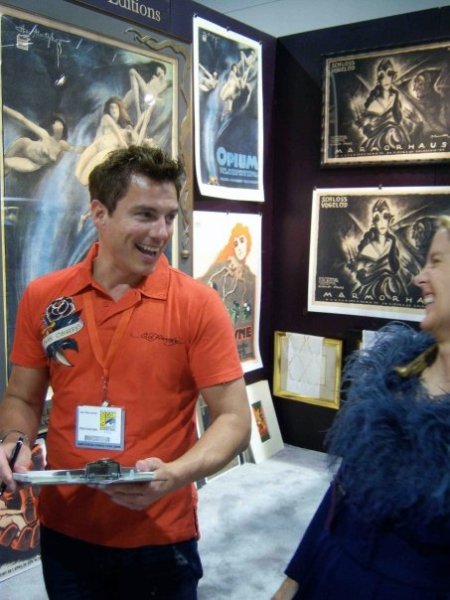
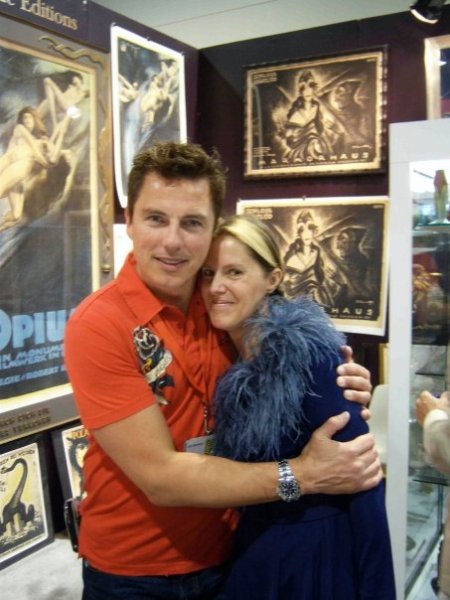
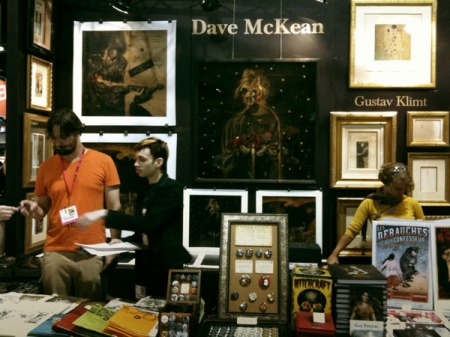
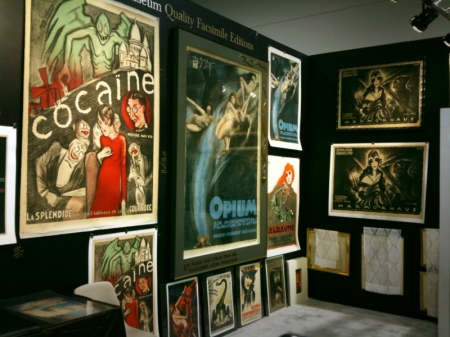
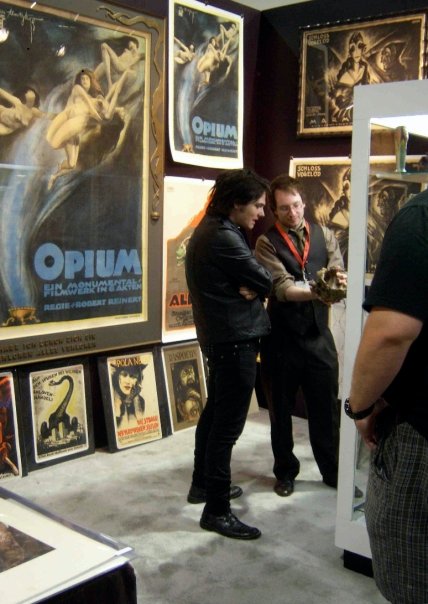
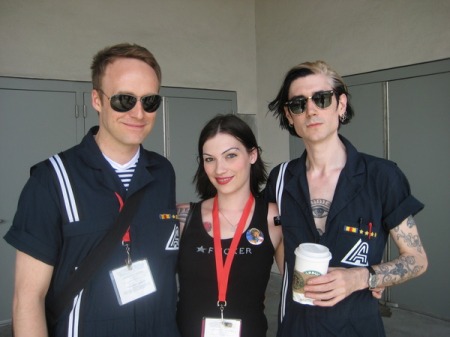
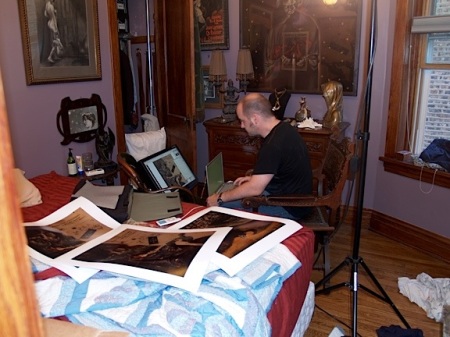
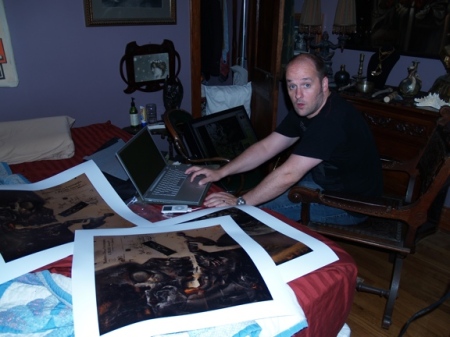
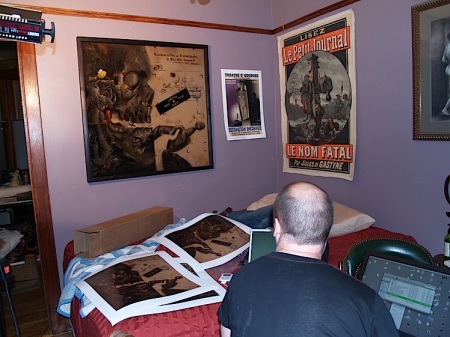
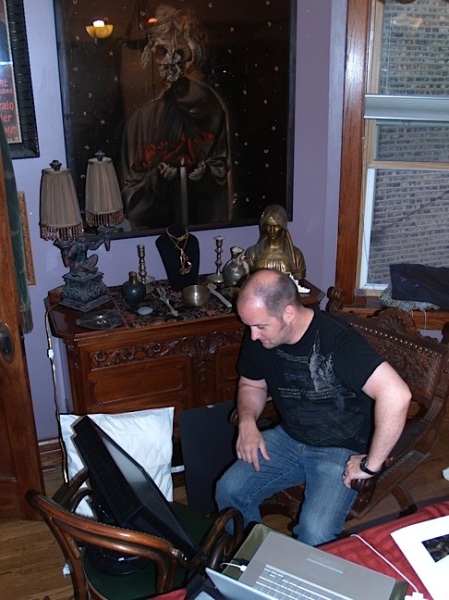
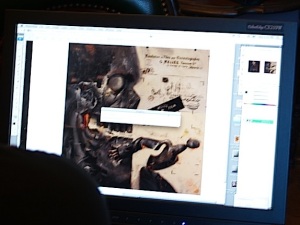
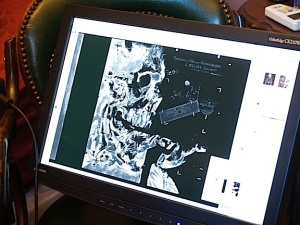


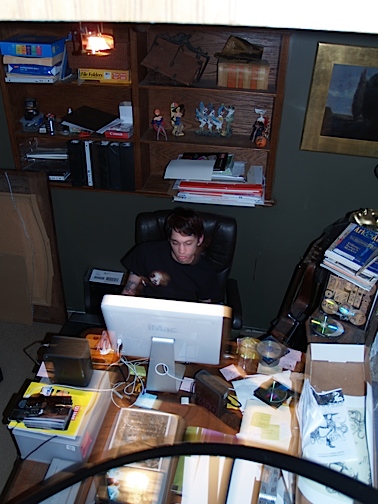
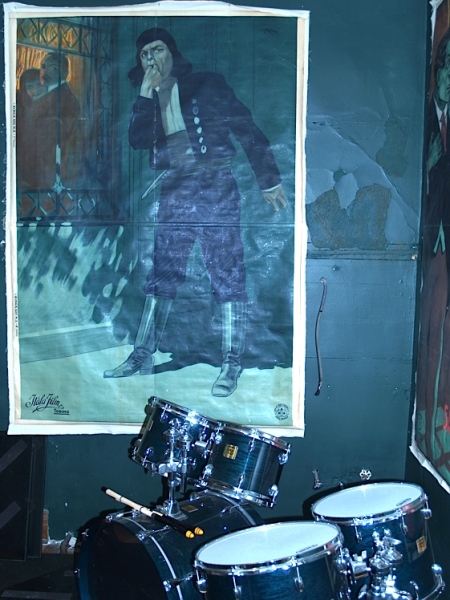
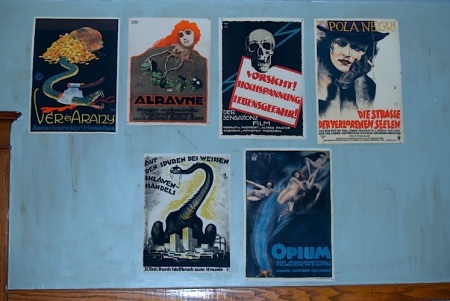
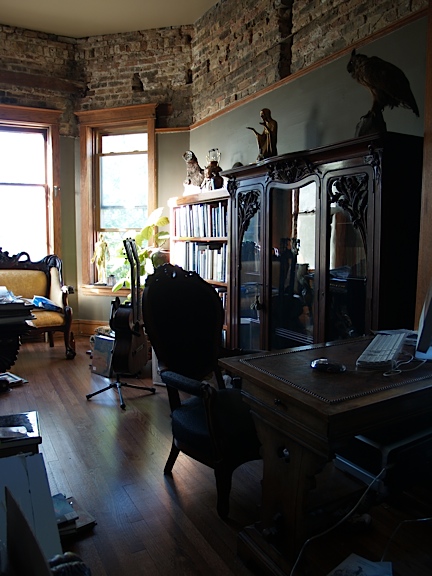
You must be logged in to post a comment.